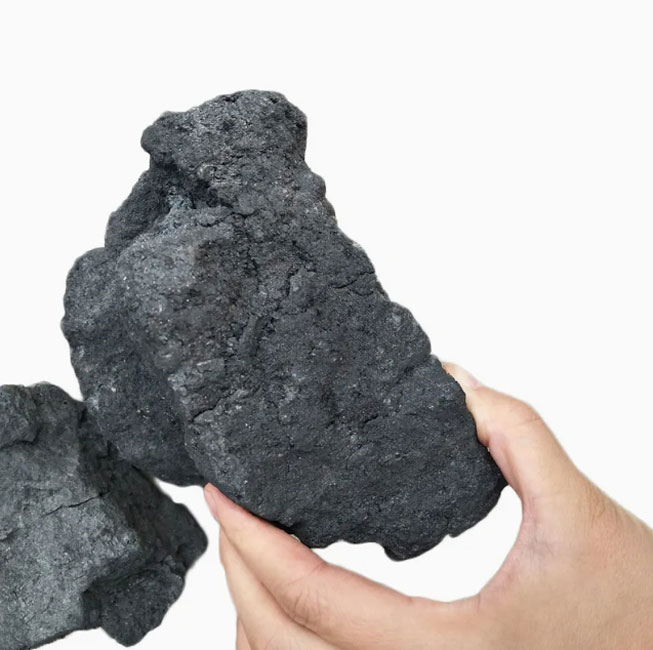
Oil coke is a solid by-product from oil refining, which contains high levels of carbon. This product has several industrial uses. It is used in cement, power generation and steel production as a fuel to replace coal. Graphite, fertiliser and paint are also made from it. The United States of America, China, India and other countries are the leading producers of petcoke. It's produced through a process known as delayed coking or liquid coking. It's a hard, dark and brittle substance that looks similar to coal.
Petroleum Coke can be categorized based on the production process. Fuel coke refers to coke that contains high levels of sulfur and metal, whereas anode-coke has less sulfur and higher carbon content. This type of coke is used to produce anodes for aluminium smelting and electric furnace steel production. It can also be treated to become graphitized coke, which is highly conductive with low thermal expansion.
It's important to keep the concentrations of metal, carbon, and sulfur within industry standards. This will protect refinery machinery from damage, and also reduce greenhouse gas emission. Test the coke to determine its other properties, including moisture, metals, volatile matter, and carbon.
Chemical analysis, though not the only way to test for petroleum-coke properties is most effective. Pet coke can accurately be classified by determining its composition, which includes carbon, hydrogen and oxygen, as well as nitrogen and sulfur. For example, a sample with high carbon, low sulfur and lower impurities may be high-quality graphite fossil coke, while one with higher sulfur content and more impurities is ordinary delayed oil coke.

An acoustic microscope can be used to observe the coke's shape, size and texture. SEM can also be used for studying the crystalline structures of petroleum coke. These techniques help to determine the coke’s acicular structures and the extent its macroporosity. The more acicular coke is, then the better it graphitizes. This will improve the use of coke as a smelting fuel and for electric furnace steel. The macroscopic shape of the coke is also used to distinguish between it and other materials like bituminous natural coal and tarsand. These distinctions help in commercial transactions as well as controlling the operations of plants and allocating production cost. It is important to classify petcoke accurately because it can affect the bottom line of a company. It is even more important in this era of environmental legislation. Companies that can accurately identify petcoke types are able to meet regulatory requirements and sell quality products to their customers. Consequently, they can reduce their energy usage and emissions. The result is sustainable economic development and long-term business success. This is why having the right testing equipment to test petroleum coke is so important.

Write a Message